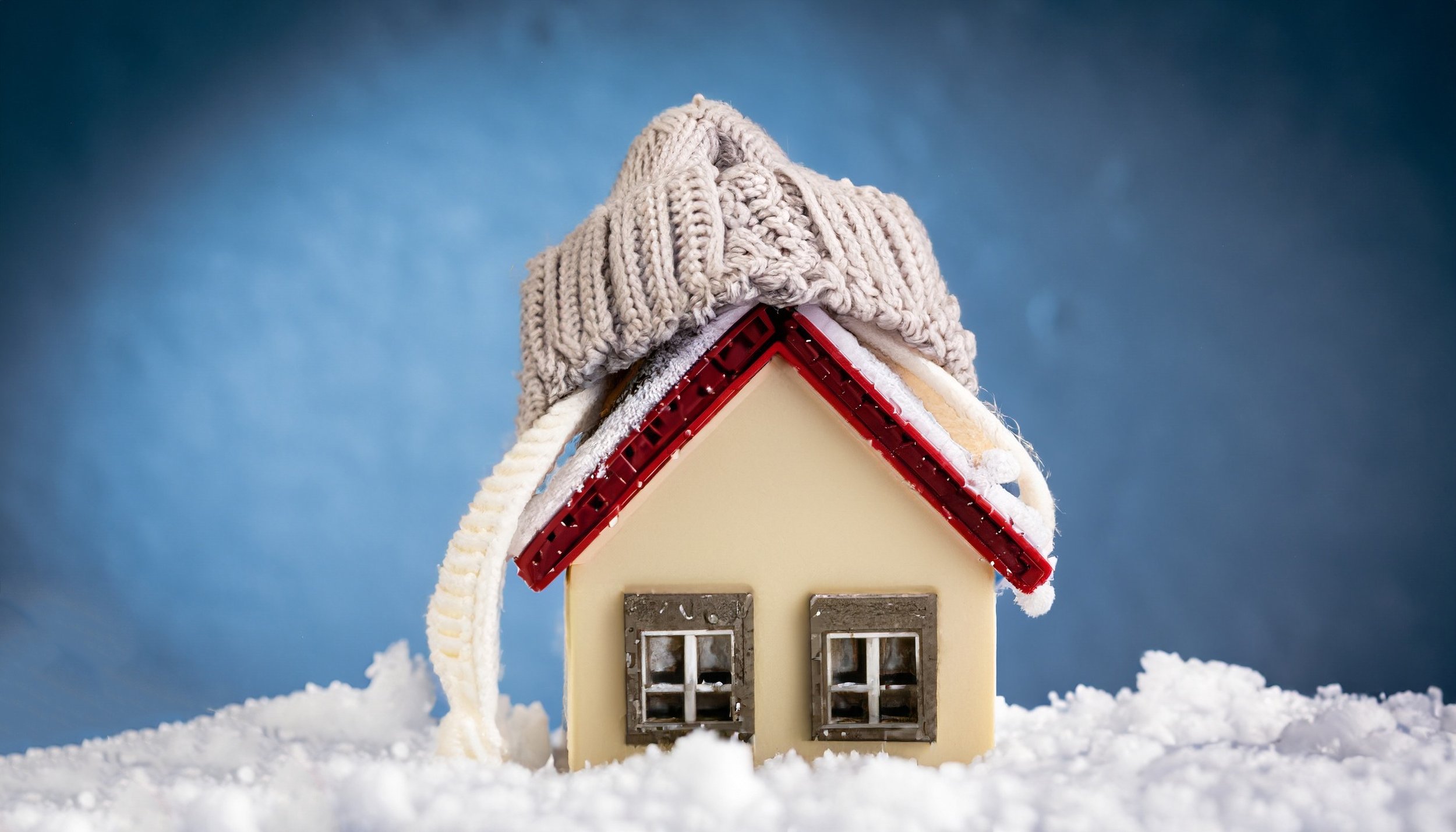Winter Safety Tips for Homeowners
Winter brings beautiful snowy landscapes and cozy nights by the fire, but it also presents a unique set of challenges for homeowners.
Cold temperatures, ice, and heavy snow can all lead to potential hazards both inside and outside the home.
Preparing in advance and following essential safety practices can help prevent accidents and damage during the winter months.
Here are some top winter safety tips to keep your home and loved ones safe.
1. Prepare Your Heating System
As temperatures drop, your heating system works harder to keep your home warm.
To ensure it operates safely and efficiently, have your furnace or heating system serviced before the start of winter. Replace or clean air filters regularly to improve efficiency and reduce the risk of malfunctions.
For those with fireplaces, chimneys, or wood stoves, schedule a professional cleaning to remove soot and creosote buildup, which can pose a fire hazard.
Never leave a space heater unattended, and keep it away from flammable materials.
2. Prevent Ice Dams and Roof Damage
Snow accumulation and freezing temperatures can lead to ice dams on the roof, which can cause water to back up and leak into your home.
To prevent ice dams, keep your attic well insulated and ventilated, as this minimizes heat escaping from your home and prevents snow on the roof from melting too quickly.
Use a roof rake to safely remove excess snow from the roof, particularly after heavy snowfalls. Clear gutters of any leaves or debris in the fall, as clogged gutters can contribute to ice dam formation by blocking water drainage.
3. Keep Walkways and Driveways Clear of Ice
Icy pathways are a major hazard during winter.
To avoid slips and falls, regularly shovel snow from walkways and driveways and use de-icing products to melt any remaining ice. Look for pet-safe and environmentally friendly de-icers that don’t damage concrete or harm animals.
Sand or cat litter can also be applied to provide additional traction on particularly icy surfaces.
For an extra layer of safety, consider installing handrails along steps and sloped walkways to help prevent falls.
4. Install Carbon Monoxide and Smoke Detectors
Winter is peak season for home fires and carbon monoxide poisoning, as heating systems, fireplaces, and gas appliances are used more frequently.
Carbon monoxide (CO) is an odorless, colorless gas that can be deadly if it accumulates indoors. Make sure you have working carbon monoxide detectors on every floor of your home, especially near sleeping areas.
Replace batteries in both smoke and CO detectors at least once a year and test them regularly to ensure they’re in working order.
5. Prepare for Power Outages
Winter storms can lead to power outages, so it’s essential to be prepared.
Stock up on flashlights, batteries, blankets, and non-perishable food items. Keep a supply of bottled water, especially if you rely on an electric water pump.
For homes with a backup generator, make sure it’s in working condition and is operated outdoors, away from windows and doors to prevent carbon monoxide buildup.
Charge phones and other essential devices ahead of predicted storms, and consider investing in an external battery pack for added peace of mind.
6. Inspect and Insulate Pipes
Cold weather can cause pipes to freeze and burst, leading to costly water damage.
Insulate exposed pipes in unheated areas like basements, attics, and garages. On extremely cold nights, allow faucets to drip slightly to keep water moving and reduce the risk of freezing.
If you plan to be away from home for an extended period, keep the thermostat set to at least 55°F to prevent frozen pipes.
Safety First!
Winter safety requires a proactive approach to keep your home safe from seasonal hazards.
By preparing your heating system, clearing walkways, installing detectors, and taking precautions against power outages and frozen pipes, you can protect your home and loved ones.
These safety measures not only prevent winter accidents and damage but also give you peace of mind, allowing you to enjoy the season’s best moments worry-free.

